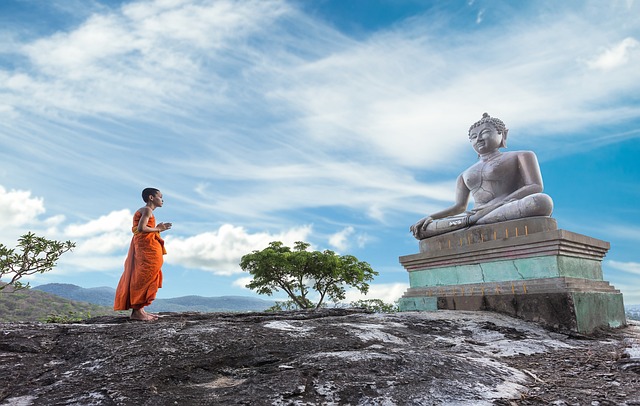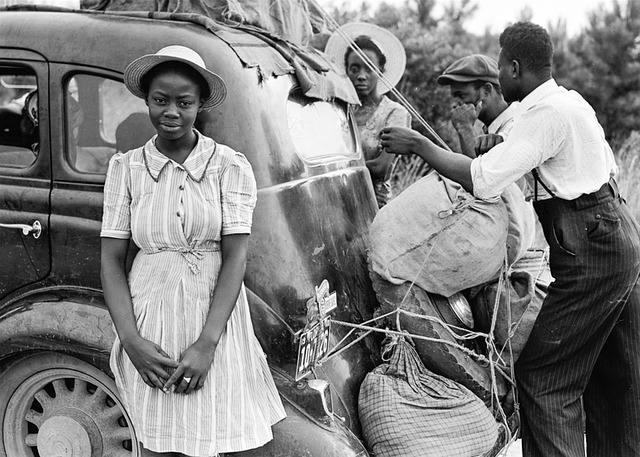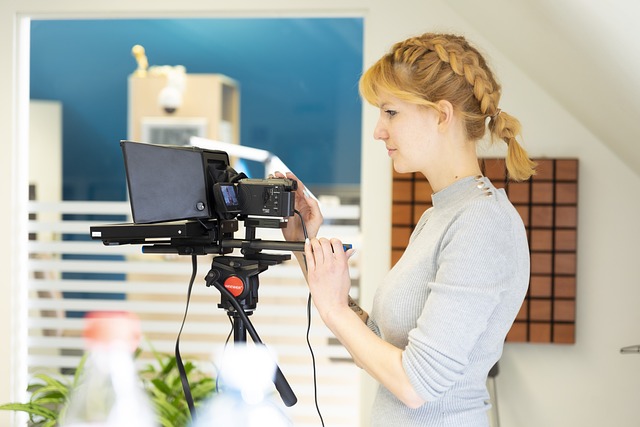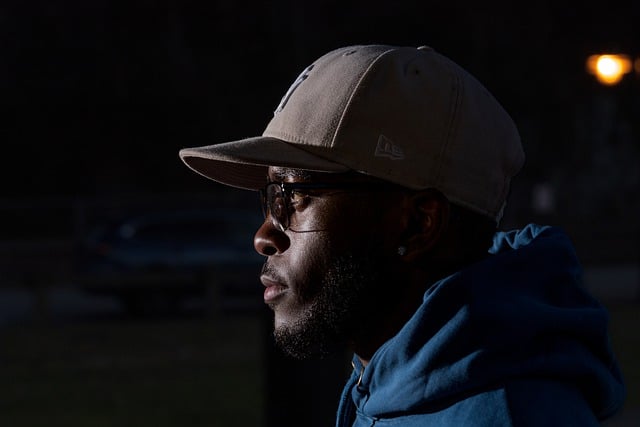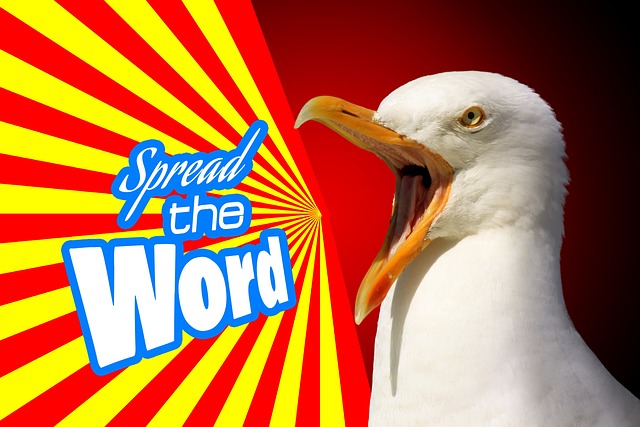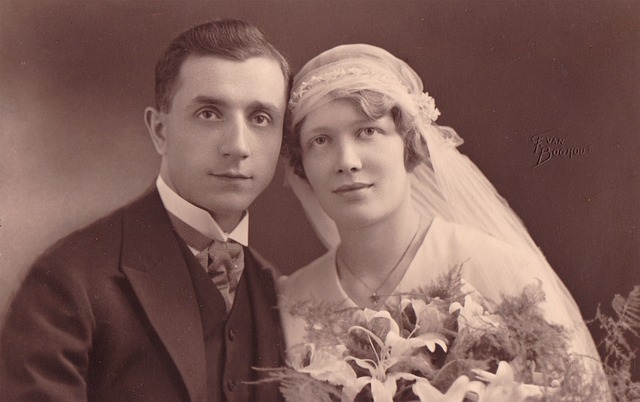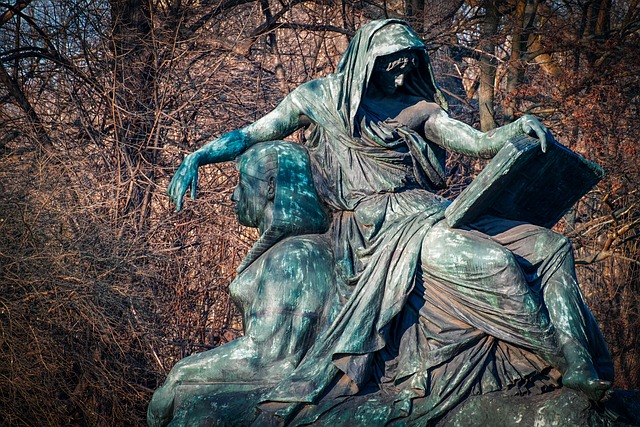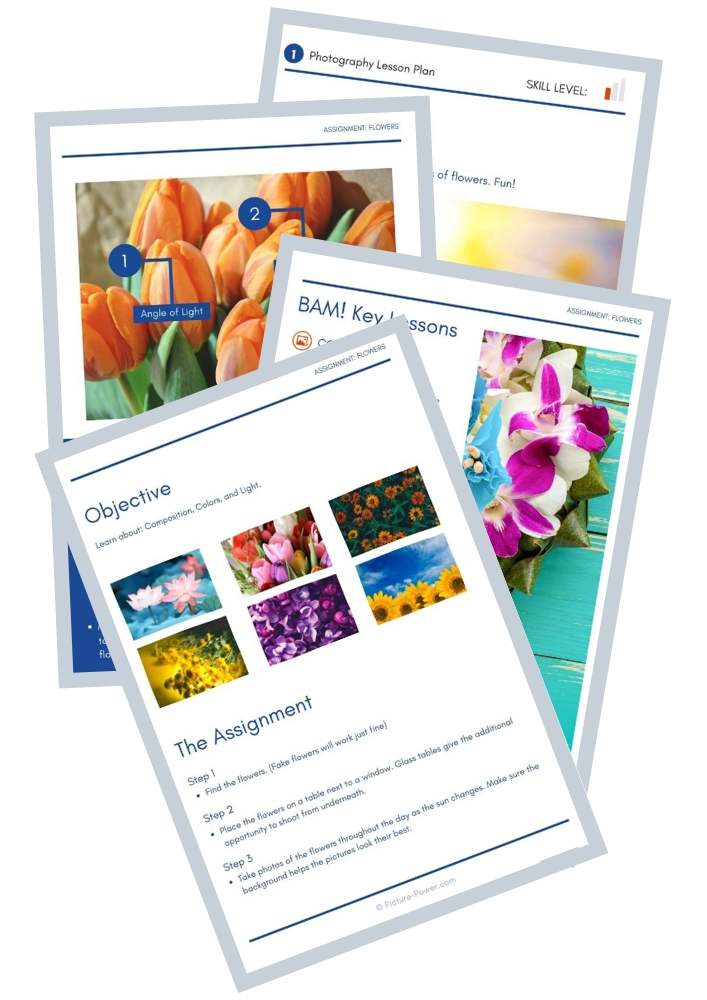Picture Power Quick Shots
7 Ways Photography can elevate teaching Social studies
In the realm of Social Studies, where history, culture, and society intersect, bringing the past to life is crucial for engaging students. Enter photography – a powerful medium that can turn current and historical narratives into vivid experiences.
Here are eight creative ways to seamlessly integrate photography into your Social Studies curriculum, reinforcing teaching objectives by making history and current events resonate with your students.
Historical Photo Analysis
Make history tangible by incorporating historical photographs into your lessons. Encourage students to analyze these images, extracting details about the time period, societal norms, and the experiences of individuals.
This develops critical thinking skills and connects students emotionally to the past.
Implement a "Photograph Detective" activity, where students research and present the stories behind iconic historical photos.
Cultural Heritage Scrapbook
Transform the study of different cultures into a dynamic project. Have students create digital scrapbooks featuring photographs, articles, and personal reflections. This fosters an understanding of cultural diversity and allows students to explore their own heritage.
Organize a "Culture Fair" where students present their scrapbooks, creating a multicultural exchange within the classroom.
Photojournalism Project
Transform students into documentarians of current events. Assign a photojournalism project where students capture images that reflect contemporary societal issues.
This not only hones photography skills but also encourages social awareness and civic engagement.
Showcase the photojournalism projects in a classroom exhibition, sparking discussions on current affairs.
Biographical Portraits
Humanize current and historical figures by exploring their lives through photographic portraits. Assign students to research influential figures and compile visual biographies using photographs.
This approach personalizes today's headlines as well as history and provides a glimpse into the individuals behind the events.
Host a "Gallery Walk" where students can view and discuss each other's biographical portraits.
Propaganda Analysis Through Visuals
Dive into the realm of political history by analyzing propaganda. Explore how visuals have been used to influence opinions throughout history.
Students can dissect posters, photographs, and editorial cartoons to understand the power of imagery in shaping public sentiment.
Organize a debate or discussion where students critically evaluate the impact of visual propaganda.
Family History Photo Project
Connect students to personal history by incorporating a family photo project. Encourage them to interview family members, gather photographs, and create a visual timeline of their family's history.
This activity promotes a sense of identity and intergenerational understanding.
Host a "Family History Day" where students can share their projects and discuss common themes.
Historic Site Documentation
Channel the spirit of preservation by having students document local historic sites. Through photography, students can create visual records that contribute to the documentation and awareness of historical places within their community.
Collaborate with local historical societies or museums to share these visual records and contribute to community initiatives.
By weaving photography into your Social Studies curriculum, you're not just teaching current events and history; you're providing students with a lens to explore and understand the diverse tapestry of human experience.
These activities make history and today's headlines come alive, fostering a deeper connection between your students and the lessons that can be gathered through society's struggles and successes.
Photography lesson plans pack (Printables)
Jump right into teaching photography with our exclusive Photography Lesson Plans pack.
Includes:
- 10 Photography Lesson Plans
- 1 Teacher's Guide
- 3 Photography Study Guides
- 30-Day Photography Challenge
- 1 Student Workbook
- 24 Cut-Out Photo Flash Cards
- 1 Photo Scavenger Hunt
